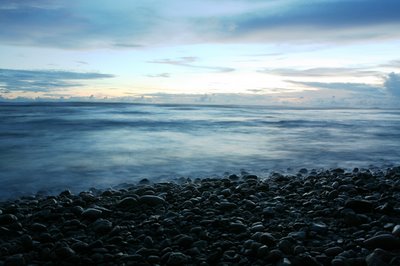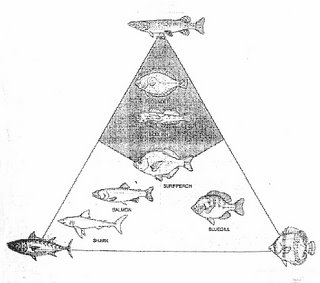Swimming at Cabo Blanco
As a fitting end to our two month course, we went to the beach. Cabo Blanco is a secluded reserve on the southwest corner of the Nicoya penninsula where the forest meets the ocean. We spent four days at this beautiful site here doing our final field work. The snorkeling was fantastic and gave us a great opportunity to do underwater research projects.
My team worked with James ("Jimmy") Liao from Harvard's Department of Organismic and Evolutionary Biology. Jimmy has done some amazing work (cover of Science Magazine!) showing how fish optimize their swimming motion by slalmoning through areas of turbulance in streams. They change the cadence of their swimming strokes to 'bounce off' regular eddies or vortices caused by obstacles or other fish. In doing so, they use much less energy versus a normal swiming stroke.
Jimmy worked with our team looked to explore another (simpler) aspect of swimming biomechanics: fish morphology and potential correlation with habitat types. Paul Webb in 1984 proposed a "functional-morphology plane" that describes fish as cruisers (think tuna), maneuverers (think angel fish) or accelerators (think grouper) or some combination of the three.
We categorized the fish just off shore from Cabo Blanco as one of the basic three types and tested for coorelation to two different habitats: one closer open ocean and the other more protected and spatially complex. We did find a correlation between cruiser morphology with the habitat closer to open ocean and also between manueverer morphology and the more protected and complex environment. The project gave us some interesting exposure to concepts in evolution and specialization in the context of marine environments.
Labels: Ecoinformatics, Healthy Planet




0 Comments:
Post a Comment Hide comments